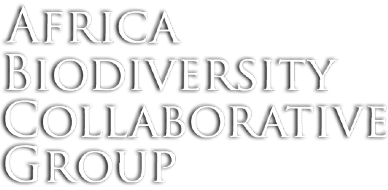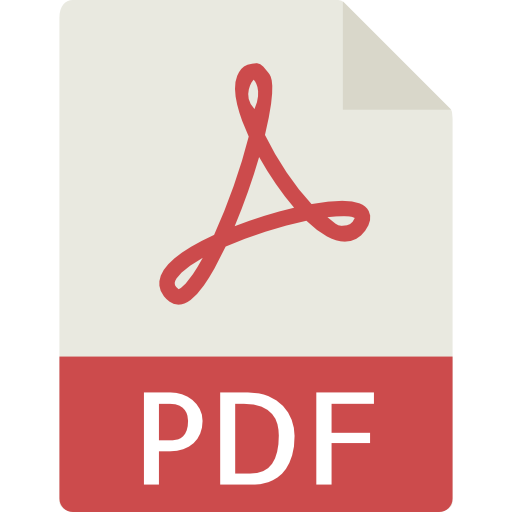Uganda enjoys a tremendous wealth of natural resources, biodiversity, and natural beauty. All of these resources stand to decline if plans and actions are not put in place to reduce mounting threats. Many of the threats are rooted in the actions of people. Expanding economic activities, in particular agriculture expansion, growing human populations, unplanned settlement patterns, and unsustainable use of resources are principal threats to Uganda’s biodiversity.
Uganda’s protected area system has made significant strides in strengthening its management and capacity over the last decade offering an important foundation for continued development. However, as wildlife in many parts of Uganda spends more time in unprotected lands which were traditionally dispersal areas and wildlife corridors, there is an urgent need to work with communities, private land owners and local authorities to plan, pilot, and realize effective strategies to reduce habitat loss and fragmentation and human-wildlife conflict. These strategies need to provide communities with economic opportunities built on and incentivizing wildlife conservation. Ecotourism or nature-based tourism provides an important vehicle for generating economic benefits from wildlife conservation for communities and land owners, as well as the national government.
AWF and USAID/Uganda approaches are centered on three principles: 1) improving the management of protected areas (PAs) requires an integrated landscape-scale approach to biodiversity conservation that includes PAs, bordering habitat, and neighboring people; 2) tourism is an engine to fuel better protected area management and provide incentives for communities to live with wildlife, therefore tourism investments need to have a direct link to supporting conservation efforts and community benefits; and 3) to be sustainable, enhancing tourism products and value chain linkages must take a market-driven, business-oriented approach that stimulates revenues, economic growth, and jobs.
This can only be achieved through designing a program with multi-stakeholder collaboration to leverage partnerships in support of both tourism and conservation outcomes.



Add a Comment